The World of Ninjas: History, Ninjutsu Schools, and Ninja Experiences

The ninja is a mysterious and captivating icon of Japanese culture. Are ninjas fictional or did they actually exist? Where can one still experience ninja culture today? This article provides an overview of the hidden world of these stealthy, shadowy figures.
Japan's Ninja Culture
1. What is a Ninja?
2. Famous Ninjas in History
3. Ninja Schools
4. Ninja-Related Entertainment Culture
5. Top 7 Ninja Experiences in Japan
What is a Ninja?
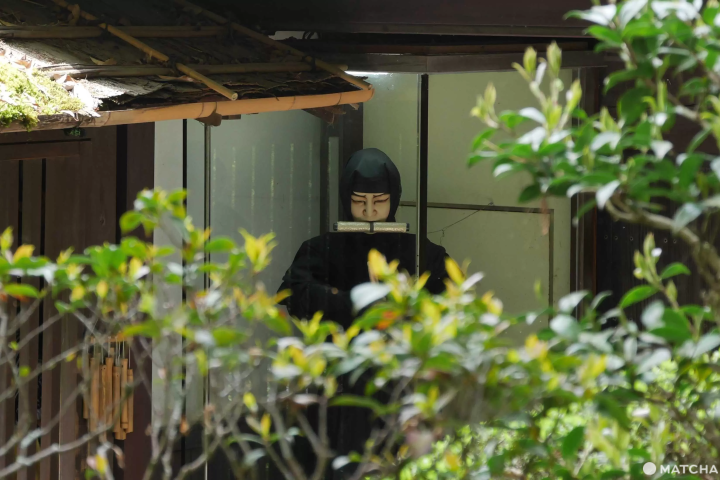
Practitioners of ninjutsu (the art of stealth, camouflage, and sabotage) are referred to as ninja.
According to the Japanese ancient text "Chronicles of Omi," ninjas can infiltrate enemy castles, observe and listen for secrets, and inform those on their own side.
There are many theories about the origins of ninjutsu. However, it is generally believed to have originated in the latter half of the 13th century to resist the feudal estates' oppressive powers. The names for these individuals varied by region, with terms like "Rappa," "Suppa," and "Kusa."
After entering the Muromachi Period (1336-1573), the influence of temples and shrines managing the estates weakened. This caused active bandits to transition into "Jizamurai" (local samurai).
By the Warring States Period (1467-1603), these individuals became mercenaries for warlords such as the Oda and Tokugawa clans, participating in battles in areas like Kyoto and Nara.
They would infiltrate enemy camps to set fires, cause destruction, conduct night raids, lay ambushes, and gather intelligence. The most important task was to report the status of the enemy back to their lord.
During this time, ninjas were referred to as "shinobi." The term "ninja" became popularized in the 1950s due to its use in novels and other materials.
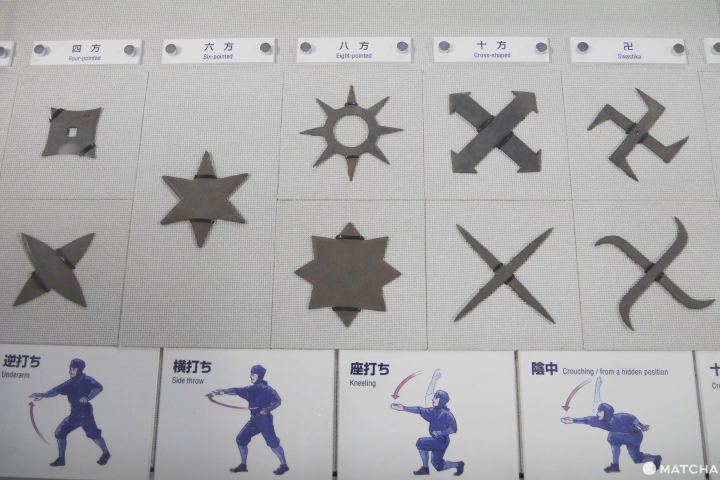
One of the ninjutsu weapons, the shuriken, captured at the Iga-ryu Ninja Museum
Among the most famous stories is that of future shogun Tokugawa Ieyasu escaping from Osaka's Sakai City back to Okazaki after the Incident at Honnoji Temple (1582), escorted by Iga and Koga ninjas as they traversed Iga to return.
During the Edo Period (1603-1868), there was peace, which drastically decreased opportunities for ninjas to engage in combat. Therefore, their primary duties shifted to intelligence gathering and security.
The Tokugawa shogunate notably employed the Iga-born general Hattori Masanari (Hanzo III, Iwami no Kami), even naming one of the gates of Edo Castle after him. This is where the present-day Tokyo location of Hanzomon comes from.
Entering the Meiji Era (1868-1912) and establishing a new government system, ninjas lost even more operational space, ultimately drawing to a close.
Famous Ninjas in History
Hattori Hanzo
Hattori Hanzo refers to the head of the Hattori clan that was active under the Tokugawa family from the Warring States Period to the Edo Period.
Each successive head was called Hattori Hanzo, but the only true ninja among them was the Hanzo II, Hattori Masanari (Oni no Hanzo), who spread the name Hattori Hanzo far and wide.
Ideura Morikiyo
A ninja who served the Sanada clan during the Warring States Period, Ideura Morikiyo is the prototype for the character Kirigakure Saizo in the novel Sanada Ten Braves.
Fuma Ninjas
The Fuma ninjas served the Hojo clan during the Warring States Period and are one of the prototypes for the literary character Fuma Kotaro.
Ninja Schools
Iga and Koga are two Japanese provinces that are not far from Kyoto. Both areas are surrounded by mountains that form a natural stronghold, which naturally delineates local powers. Below are two of the most famous ninja schools.
Iga-ryu (The Iga School)
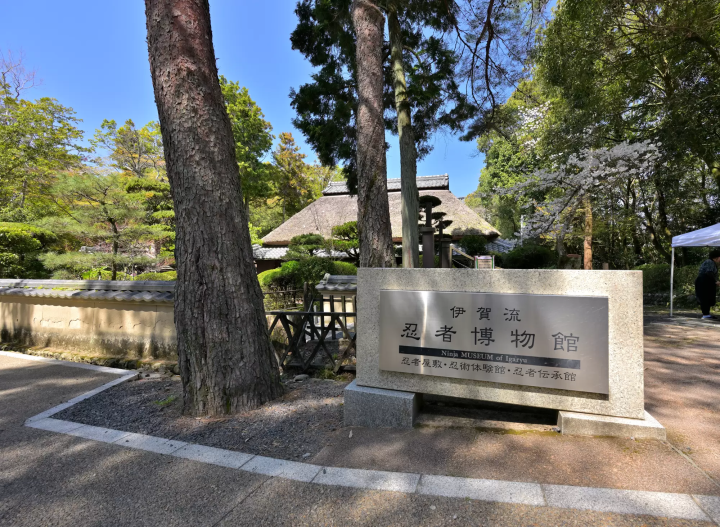
Picture of Courtesy PIXTA
Ninjas belonging to the Iga-ryu (The Iga School), originating from Iga Province (now Iga City in Mie Prefecture), excel in rapid movement in mountainous areas.
They are characterized by their use of incantations and gunpowder-based fire techniques. The training methods of Iga ninjas are unique and rigorous, cultivating exceptional ninjas.
The organization of the Iga-ryu has a hierarchical structure primarily guided by the opinions of the three upper-ranking families—Hattori, Momochi, and Fujibayashi.
Although there is a system of consensus, most of the time, they still adhere to the opinions of the three upper-ranking families. The relationship between Iga ninjas and their employers is based on monetary contracts, and situations sometimes arise where employers are adversaries.
Koka-ryu (The Koka School)
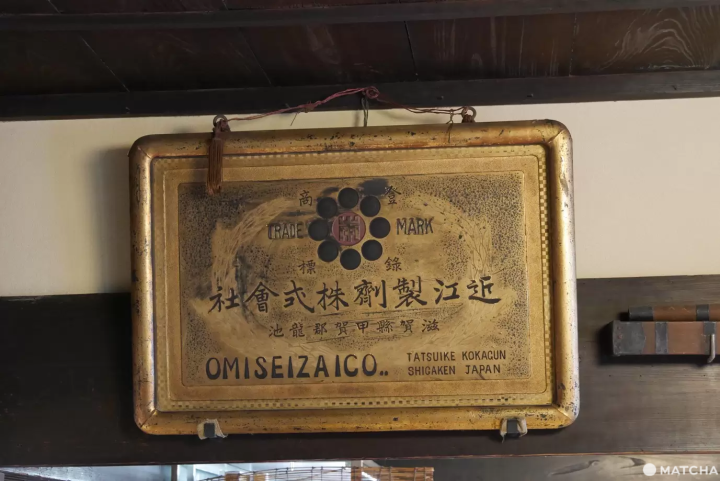
Continuing the history of Koka-ryu ninjas' medical proficiency, the existing Koka-ryu ninja residence holds a pharmaceutical certification
The Koka-ryu ninjas, separated from the Iga-ryu by just one mountain, are based in Koga Province (now Koka City in Shiga Prefecture).
They typically gather intelligence through farming and selling medicines and are known for their skills in magic and medicinal use. Koga ninjas have a long history of using medicine, and there are still many pharmaceutical companies in Koka City today.
The organization of the Koka-ryu is based on a consensus system called "So," which does not distinguish between ranks. Proposals related to the entire district are decided by majority vote, differing from the Iga-ryu's structure.
Another difference is that the Koka-ryu maintains a loyal master-servant relationship with a single lord.
Comparison of Iga-ryu vs Koka-ryu
Many believe Iga-ryu and Koka-ryu are bitter enemies, but this impression originated from later fictional portrayals. In reality, there was no such animosity between the two.
| Iga-ryu | Koka-ryu | |
| Expertise in Ninjutsu | Fire techniques related to gunpowder Incantations |
Medicinal use Magic |
| Internal Organizational Structure | Hierarchical structure, primarily governed by the three upper-ranking families | Consensus-based organization called "So," with decisions made by the majority vote |
| Relationship with Employers | Employment through monetary contracts | Loyal master-servant relationship with one lord |
Ninja-Related Entertainment Culture
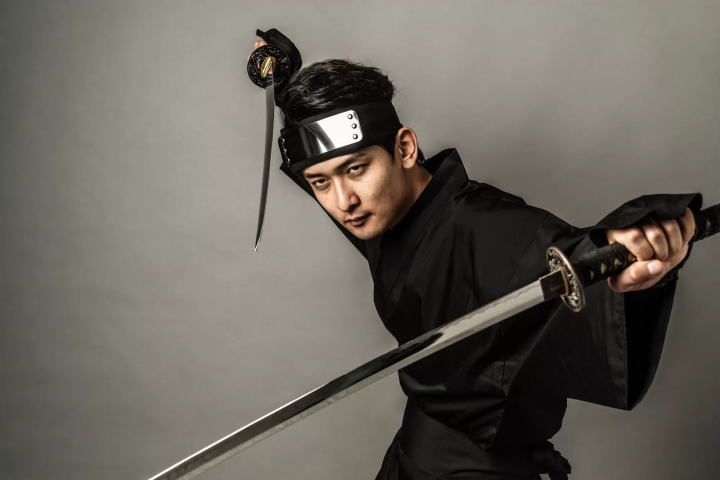
Photo by PIXTA
Ninja-related folklore and literature have been popular since ancient times. Therefore, although these stealth figures have disappeared from real society after the Meiji era (1868-1912), they have continued to thrive in novels, films, and other creative works.
Particularly during the Meiji era, characters such as Sarutobi Sasuke and Kirigakure Saizo were quite popular.
Live-Action Dramas
- 2016 Taiga drama (epic television series) "Sanada Maru": The ninja Sasuke, who assists the protagonist with missions, is inspired by Sarutobi Sasuke. Hattori Hanzo also makes an appearance.
- 2016 "Sanada Ten Braves": Adapted from the novel of the same name, it tells the story of the warlord Sanada Yukimura and his retainers, including Sarutobi Sasuke and Kirigakure Saizo, from the late Warring States period to the early Edo period.
- 2017 "Mumon: The Land of Stealth": Starring Satoshi Ohno and Satomi Ishihara, it narrates the events of the Tensho Iga War from the perspective of the Iga region.
- 2023 Taiga drama "What Would You Do, Ieyasu?": Features active ninjas and the warlord Hattori Hanzo (played by Takayuki Yamada).
- 2024 Netflix series "House of Ninjas": Set in modern-day Japan, it tells the story of a family that runs a sake brewery but is, in fact, a ninja clan.
Comics/Anime
- Ninja Hattori-kun
- Ninja Rantaro
- Naruto
Top 7 Ninja Experience Locations
1. Koka Ninja House (Koka-ryu Ninjutsu Yashiki)
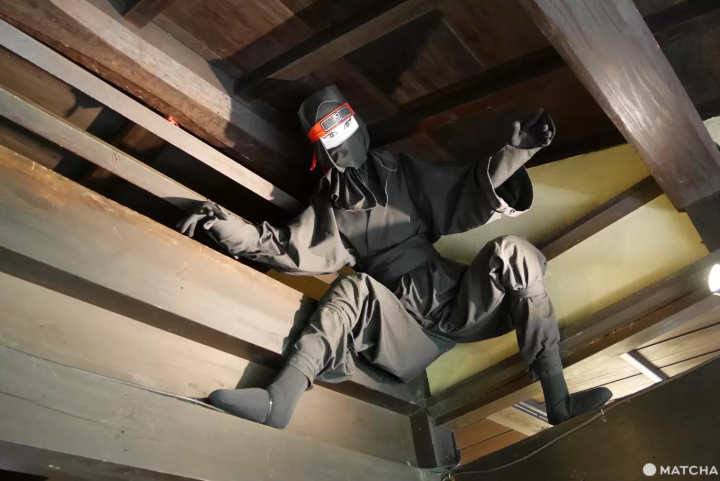
The Ninjutsu Residence is filled with hidden mechanisms
The present-day Koka City is the historical stronghold of the Koga-ryu ninjas. The Koka Ninja House (Koga-ryu Ninjutsu Yashiki) in Koka City is the residence of the Mochizuki family, one of the 53 families of the Koga-ryu, built between 1688 and 1704.
It looks like an ordinary traditional Japanese house from the outside. However, the interior contains many traps and mechanisms that visitors can experience firsthand.

The furnishings inside also reflect the characteristics of Koga-ryu ninjutsu—medicinal use. Although the Mochizuki residence is smaller than other theme parks, it is a uniquely historic ninja house.
Hotels near The Koka Ninja House (Koga-ryu Ninjutsu Yashiki)
2. Koka Ninja Village (Koka no Sato Ninjutsu Village)
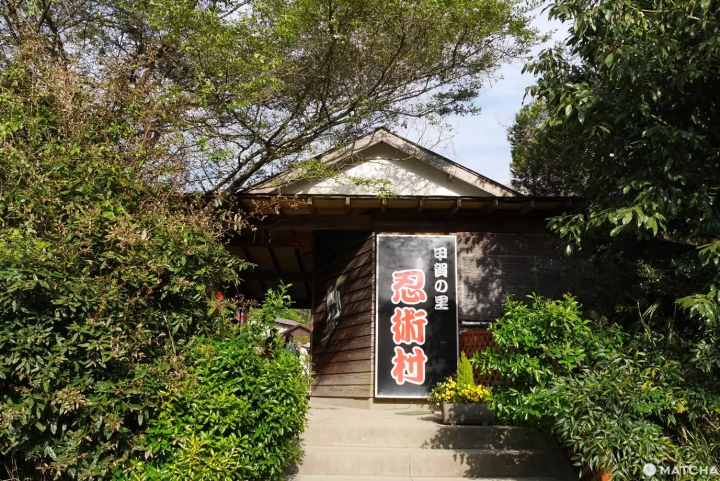
Located in Koka City, Koka Ninja Village (Koka no Sato Ninjutsu Village) is a theme park centered around ninjutsu.
In addition to a ninjutsu museum, the site offers various hands-on experiences such as shuriken (hand-held weapon) throwing, water spider techniques for walking on water, and wall climbing, ensuring that children have a great time!
3. Iga-ryu Ninja Museum
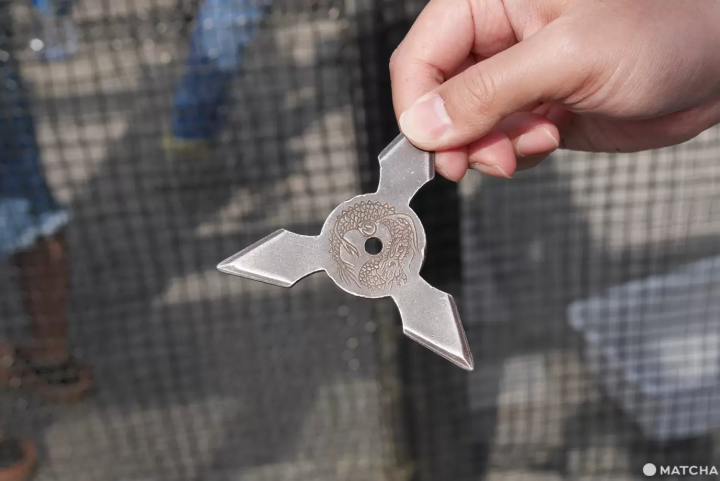
Shuriken experience inside the Iga-ryu Ninja Museum.
Iga City is the main stronghold of the Iga-ryu ninjas. The Iga-ryu Ninja Museum within the Iga Ueno Castle introduces ninja mechanisms through a ninja guide upon entry. This unique experience allows visitors to observe ninja life up close.
There are also ninjutsu performances, shuriken experiences, and a well-equipped ninja museum where one can learn much about ninja-related knowledge and history.
Hotels near Iga-ryu Ninja Museum
4. NINJA Hall (Historical Experience Hall) in Odawara Castle
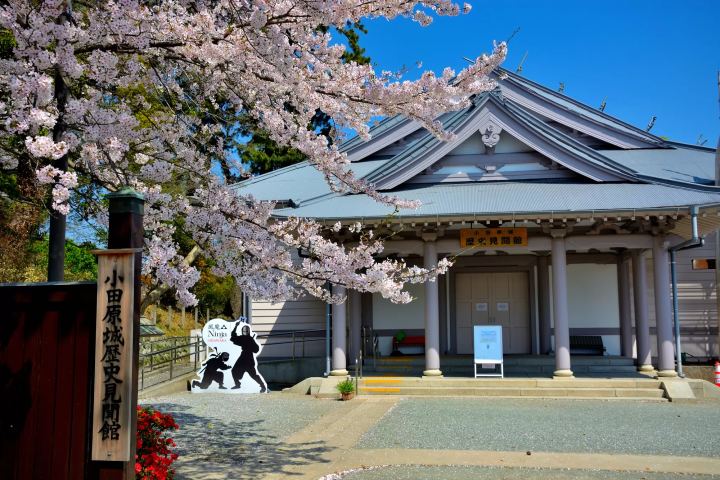
Picture of Courtesy PIXTA
The Fuma ninjas once served the former lord of Odawara Castle, the Hojo clan. In 2019, Odawara Castle established the NINJA Hall.
Through videos and exhibits, it introduces the history of the Hojo clan's five generations and the story of the Fuma ninjas. Adults, children, and overseas travelers who may not understand Japanese can fully enjoy the charm of ninjas.
Hotels near Odawara Castle
5. Edo Wonderland Nikko Edomura
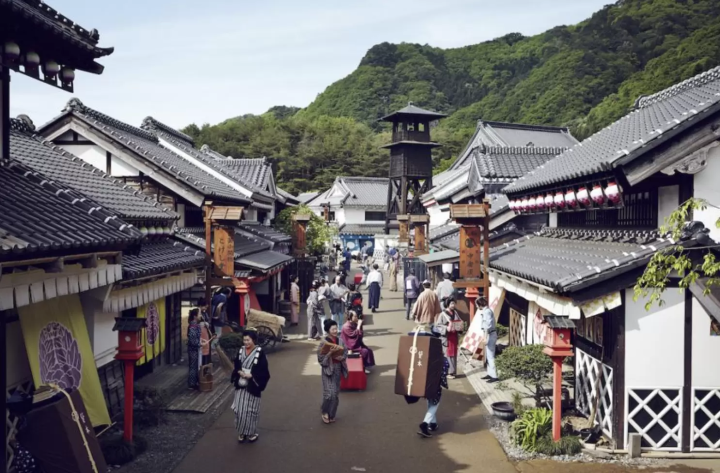
Picture courtesy of Edo Wonderland Nikko Edomura
Edo Wonderland Nikko Edomura is a theme park themed around the Warring States and Edo periods. The ninja grand theater within the park features ninja shows that explain ninjutsu and weapons. It even offers a service for visitors to dress up as ninjas!
Hotels near EDO WONDERLAND Nikko Edomura
6. Kyoto Studio Park (Toei Uzumasa Eigamura)
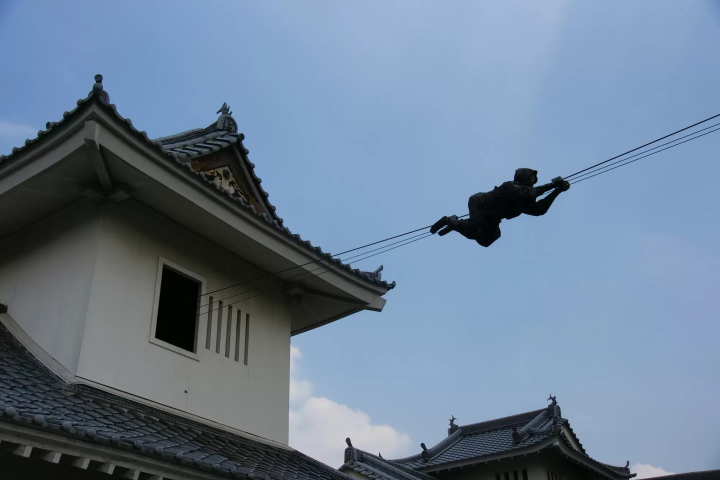
Picture courtesy of PIXTA
Kyoto Studio Park (Toei Uzumasa Eigamura) is located on the west side of Kyoto City. It is a period drama theme park frequently used as a filming location.
The park features various set facilities, including a ninja mechanism house where visitors can experience escape mechanisms like revolving doors and hidden passages. Three ninja shows are also scheduled each day.
Hotels near Kyoto Studio Park (Toei Uzumasa Eigamura)
7. Nijigen no Mori in Awaji Island
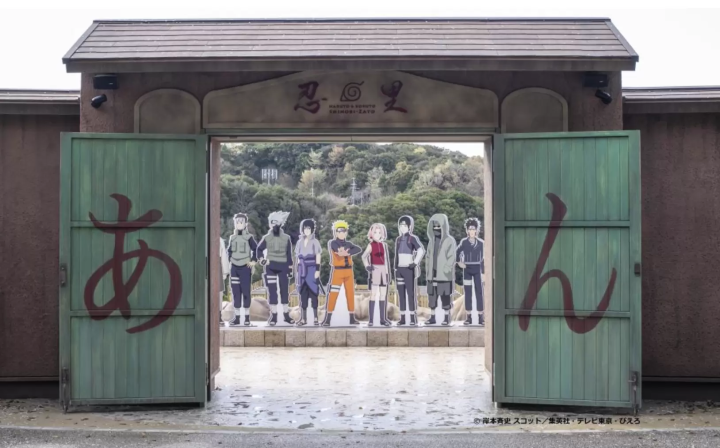
Picture courtesy of KKday
Located on Awaji Island, the Nijigen no Mori amusement park features a NARUTO & BORUTO Ninja Village, a theme park based on the popular ninja anime "Naruto." Visitors can practice hand signs here, and there are designed challenge missions for a full day of fun.
Hotels near Nijigen no Mori
Enjoy Ninja Culture in Japan
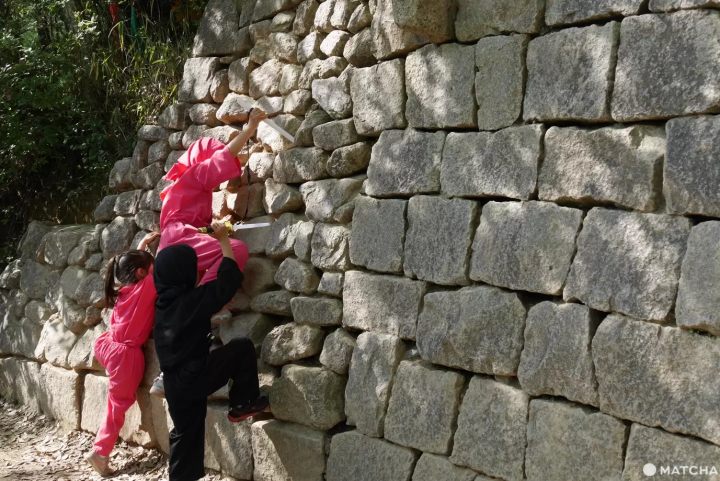
The mysterious allure of ninja culture has not faded over time. In recent years, it has been swept into the global spotlight through manga, dramas, and other works.
If you have the opportunity to visit Japan, consider including a ninja museum or a site where you can experience ninjutsu and fulfill your ninja dreams!
Read also
I used to live in Japan and managed to conquer 78 out of the 100 famous castles and 12 existing castle towers in 8 years. As a history enthusiast, I also have a passion for baseball and Japanese dramas, which have driven me to visit all 47 prefectures. I hope to convey not only the scenery of Japan but also more of its culture and way of life.



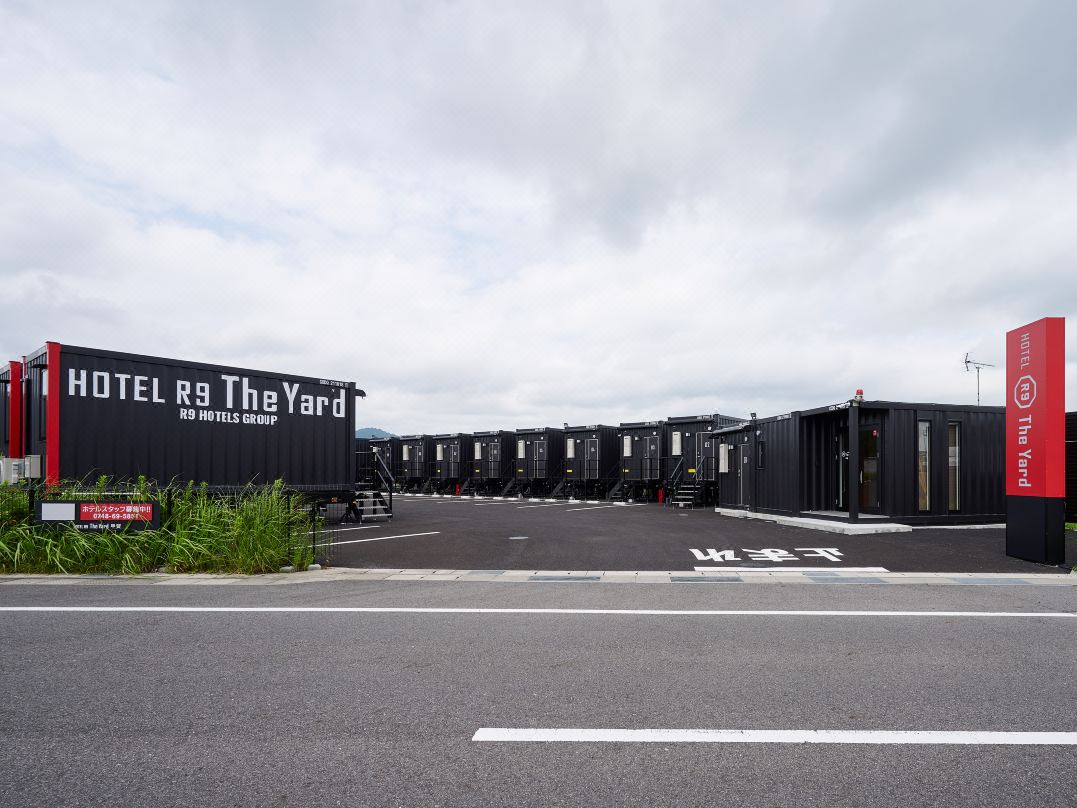

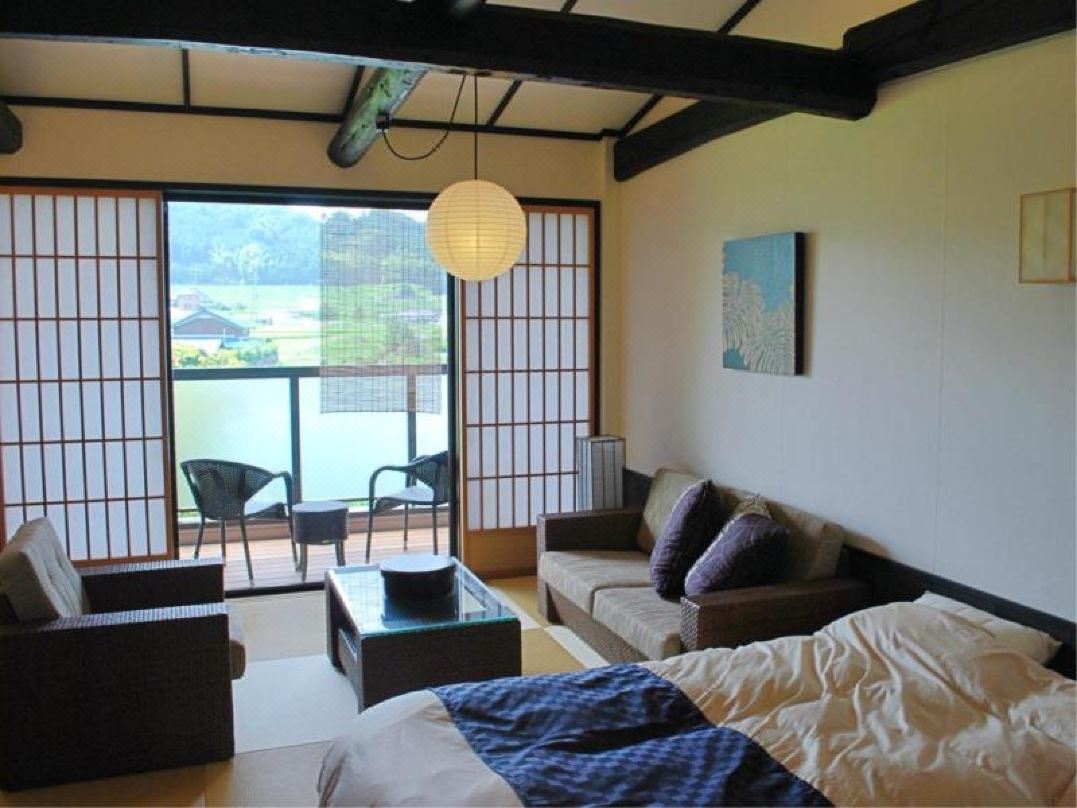



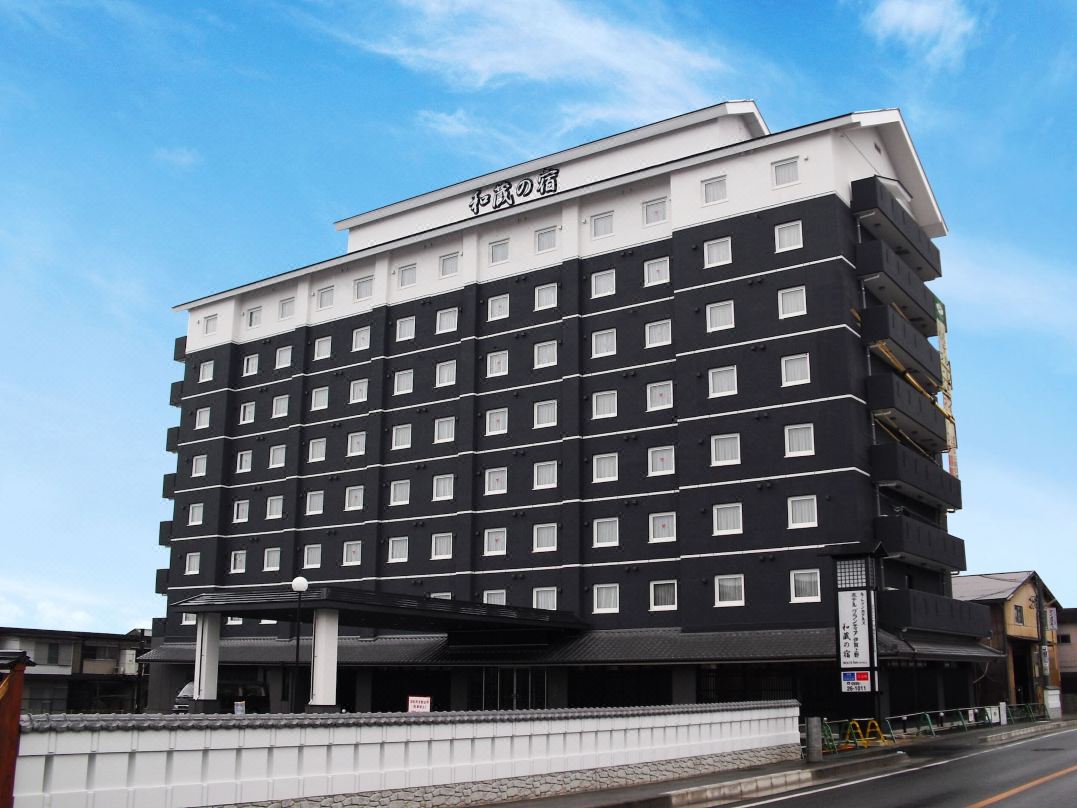

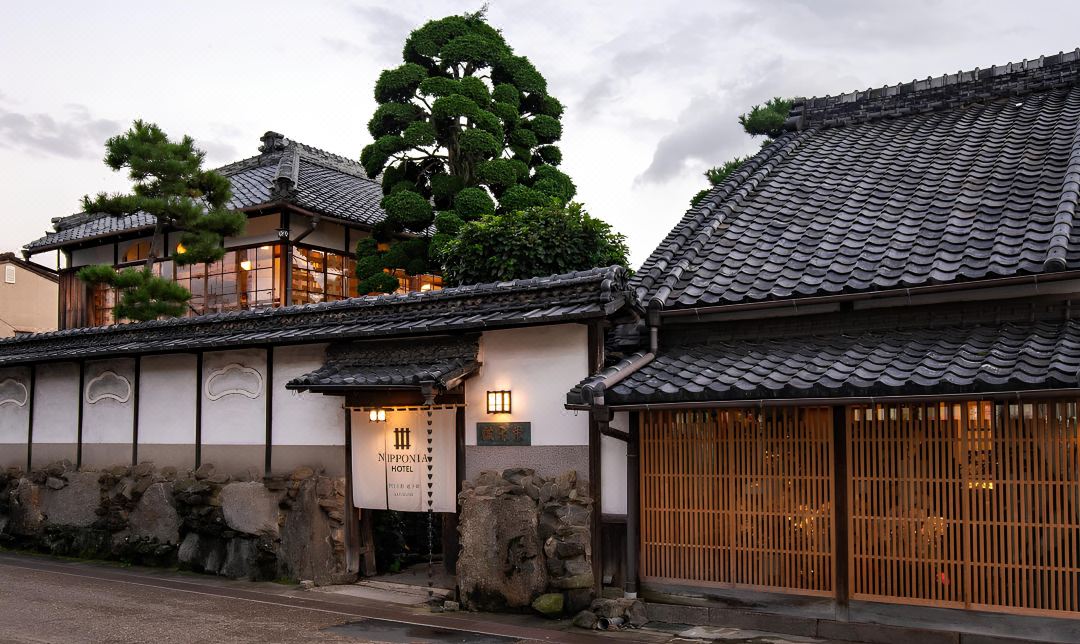

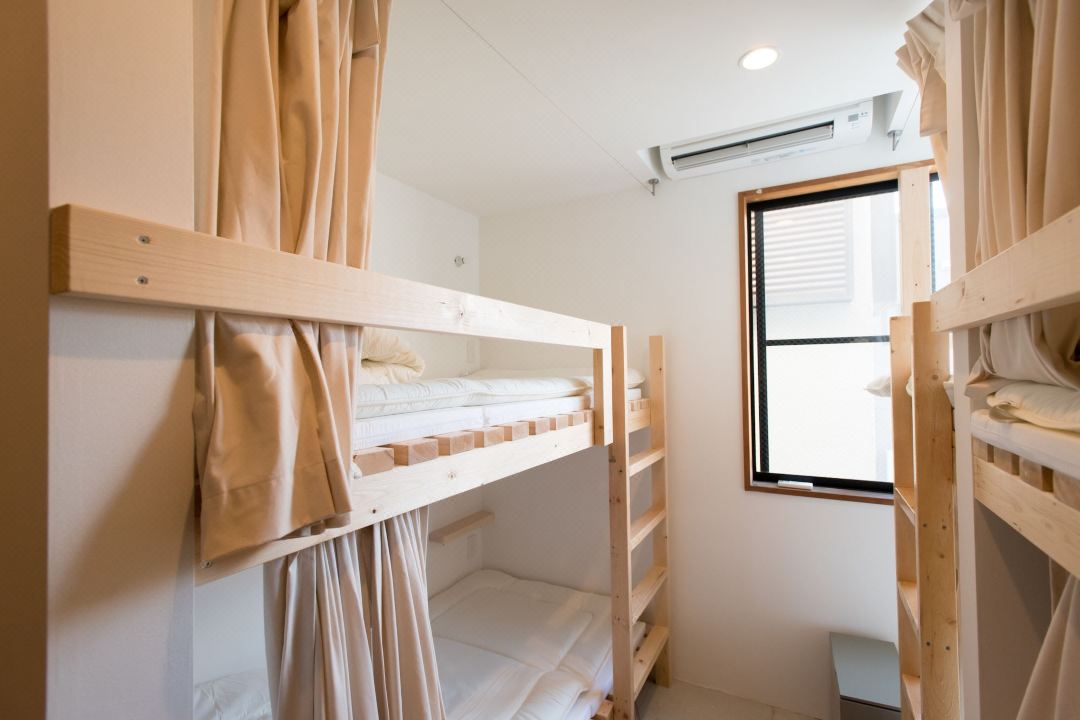
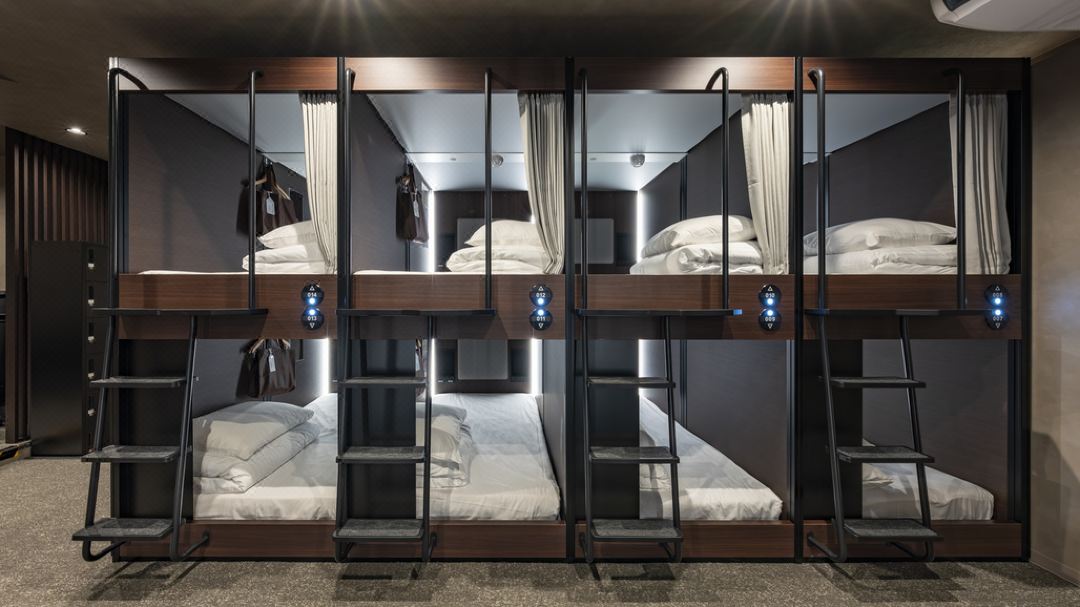
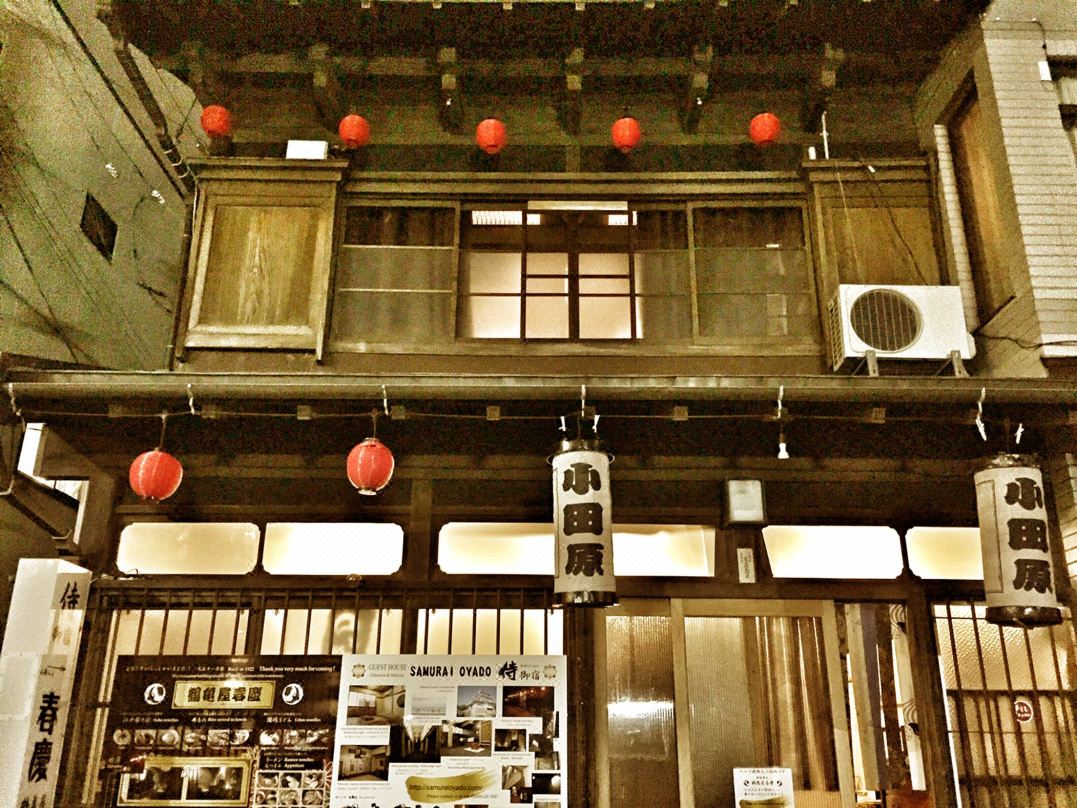

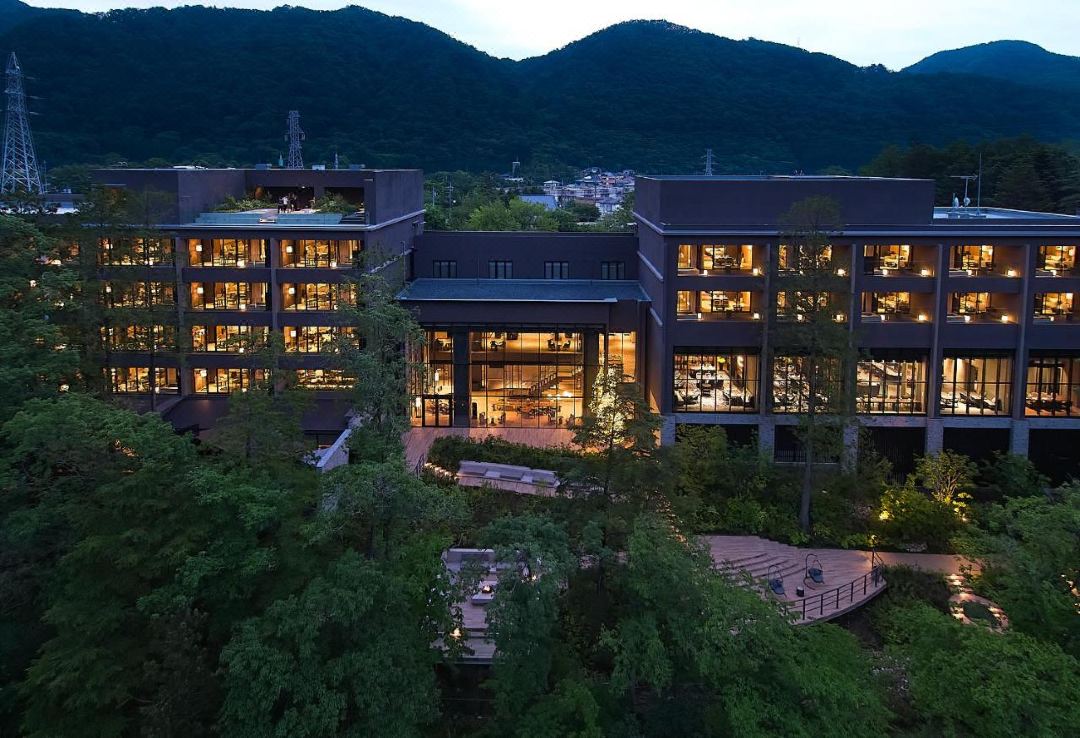
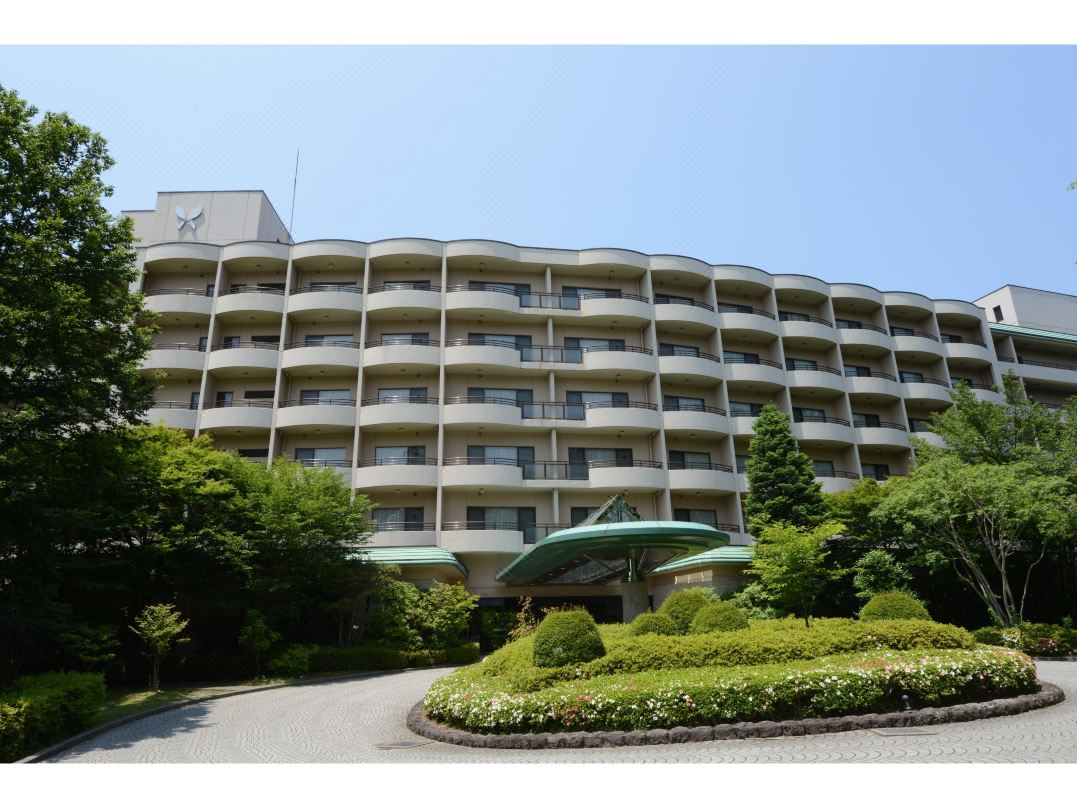
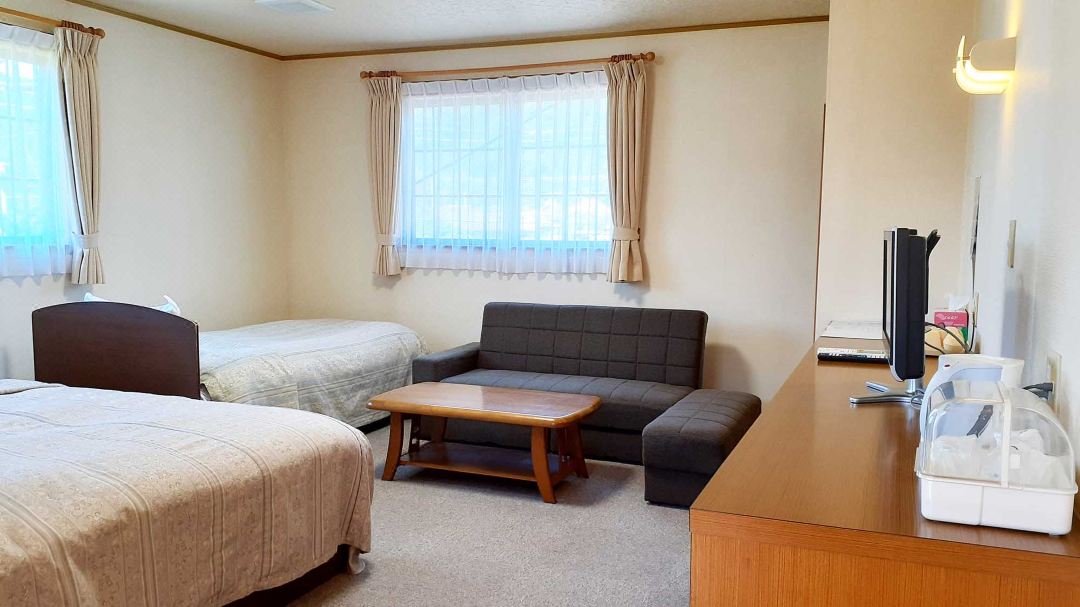

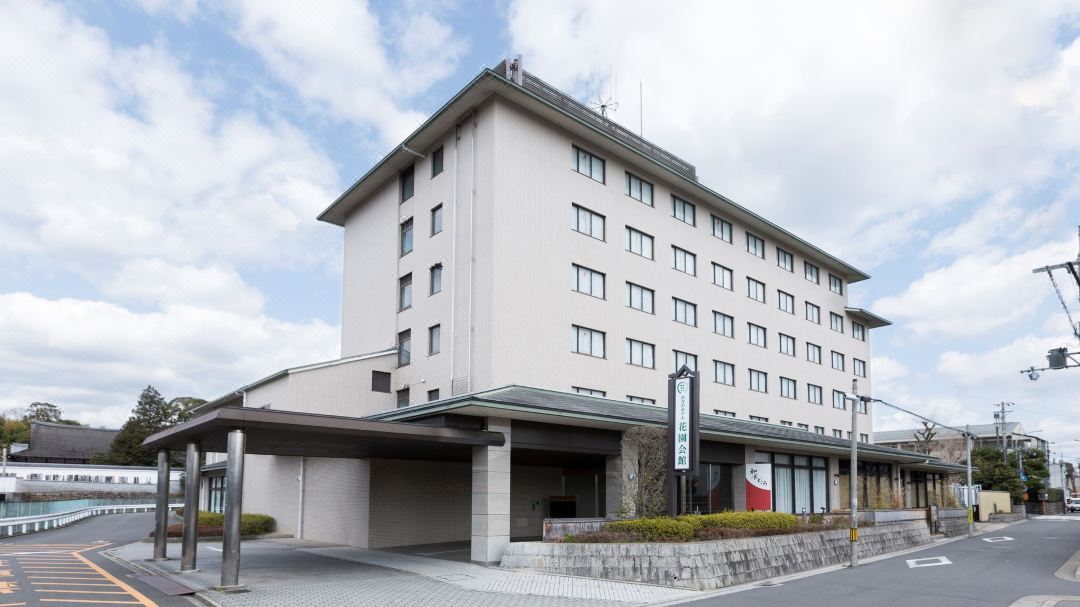
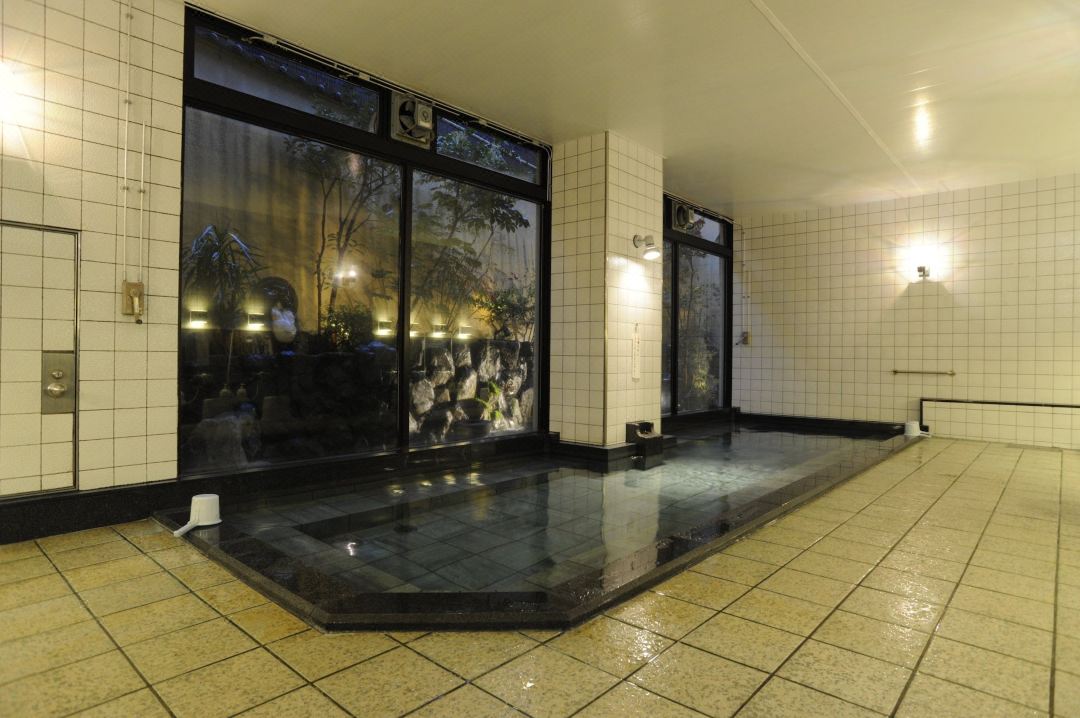
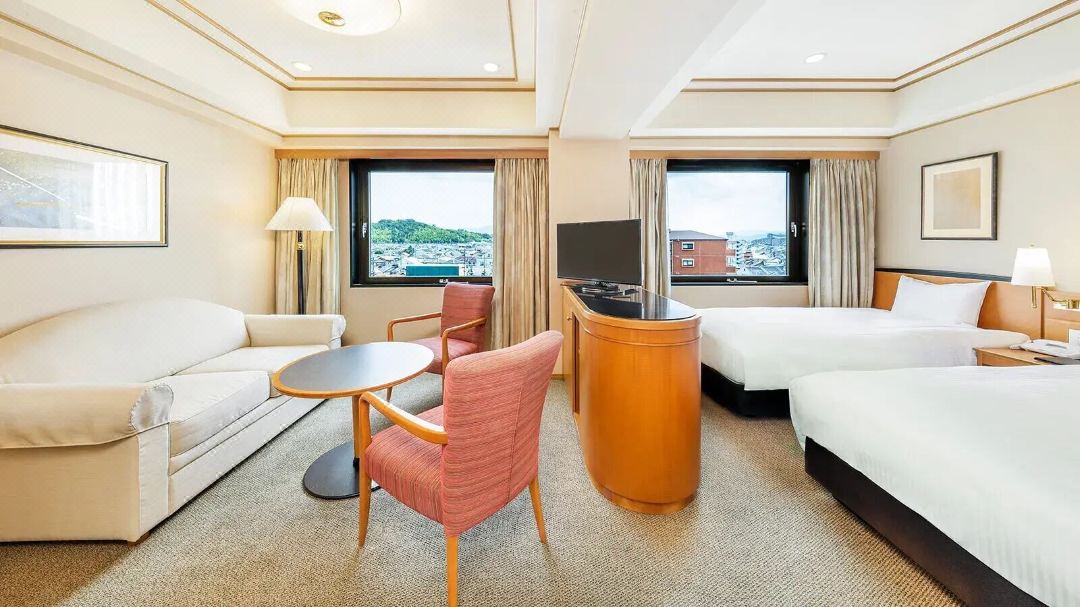

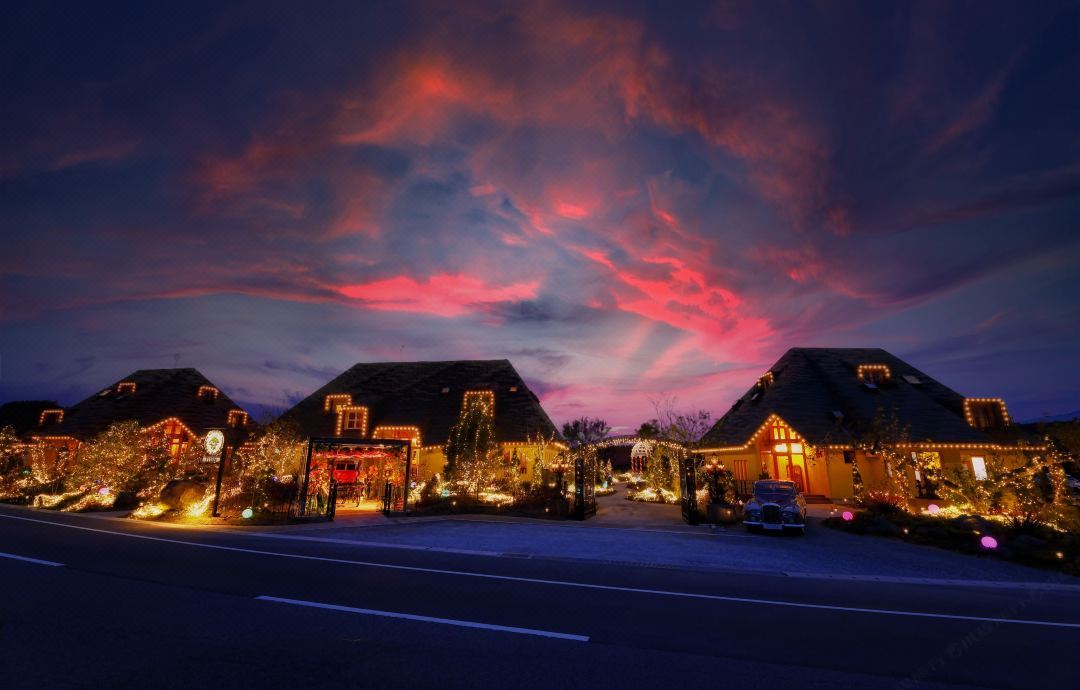
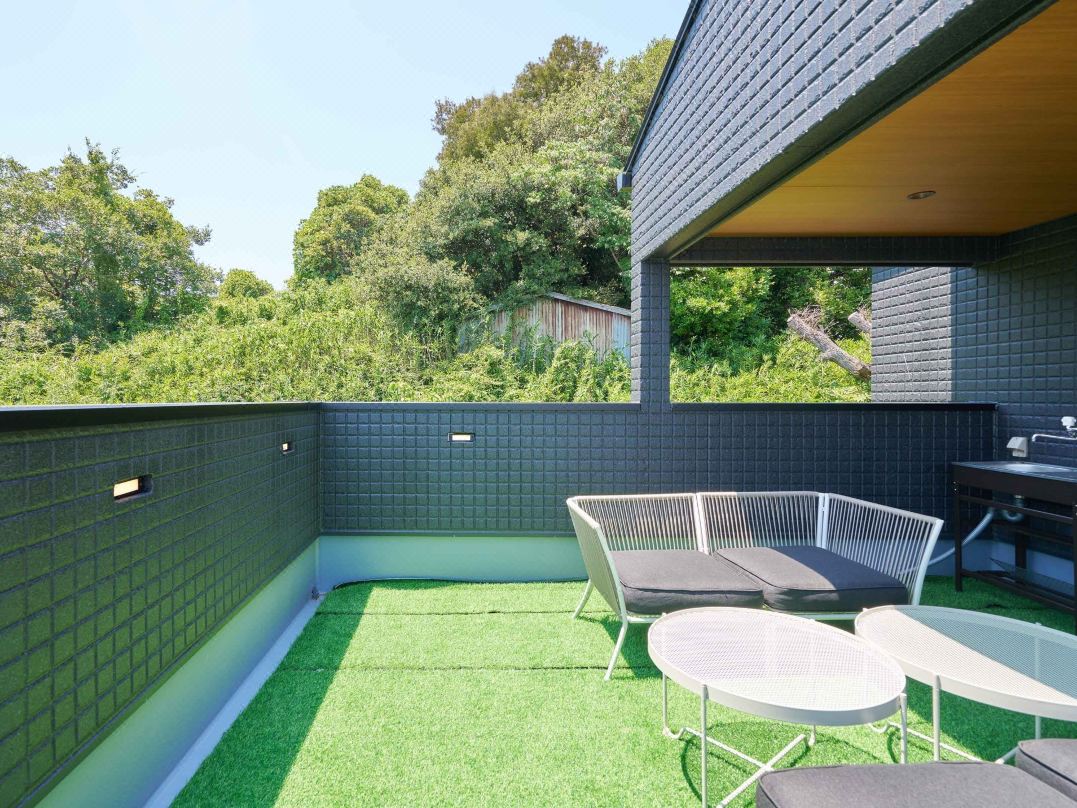
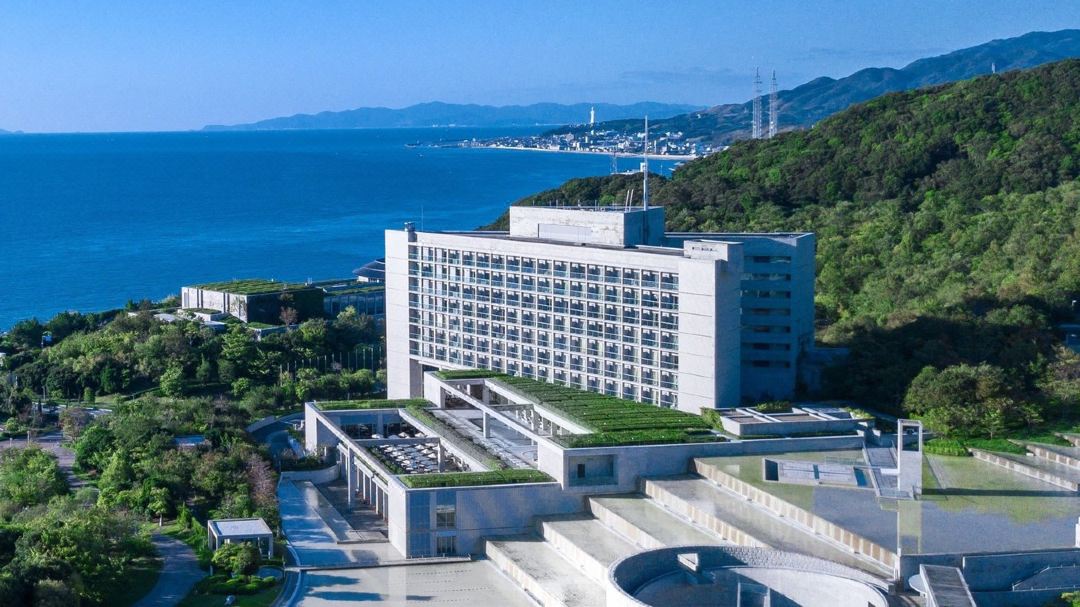




![[SHIMAKAZE: A Train You Should Ride at Least Once] We recommend the SHIMAKAZE, which can take you to the seaside resort of Ise-Shima from Osaka, Kyoto, and Nagoya without transferring.](https://resources.matcha-jp.com/resize/720x2000/2025/06/09-235798.webp)

![[Ending in 2025] Snow scenery accessible from Osaka and Nagoya! Enjoy Mt. Gozaisho in winter!](https://resources.matcha-jp.com/resize/720x2000/2024/12/16-215480.webp)


























![[2026] Top 5 Strawberry Picking Spots in Tokushima, Naruto| Farms and Access Guide for January to May](https://resources.matcha-jp.com/resize/720x2000/2025/03/06-227165.webp)



